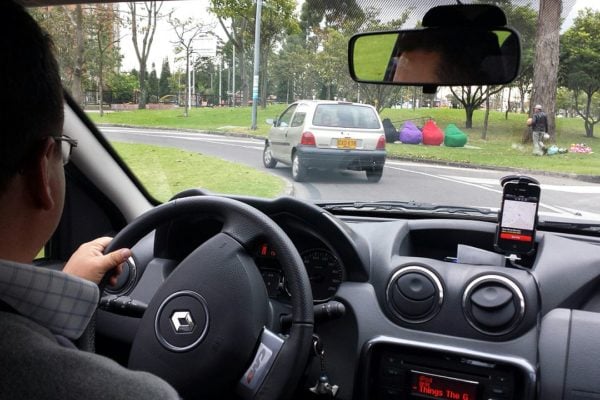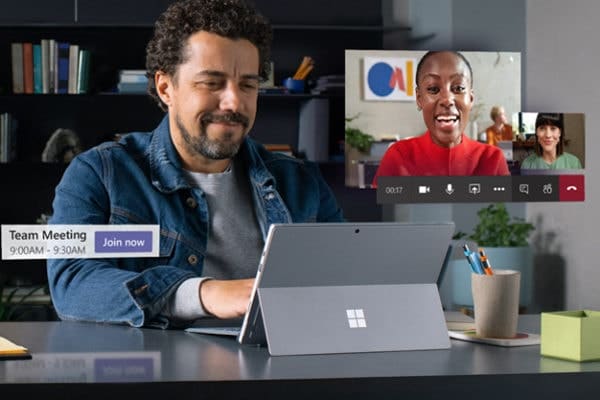As we look towards brighter days beyond the COVID-19 pandemic, we are considering more than ever that former methods of doing business have transformed forever. In most industries, business mobility became a necessity to survive in early 2020, and to this day, our world depends on mobile communications to keep businesses afloat. To put simply, we don’t see that changing… ever.
Yes, the global pandemic has evolved, and we’re thought to have surpassed the darkest days of the global tragedy, but we’re still working towards recovery and we’re likely to be for decades to come.
Just a year later, the United States alone has seen over 500,000 deaths related to COVID-19, global commodity prices have seen the largest drop on record of 20.4%, the aviation industry has watched 90% of the global fleet grounded, tourism has dropped by up to 78%, 1.6 billion students have been disrupted, and between 40-60 million people have been forced into extreme poverty in 2020 (1).
Those are some terrifying stats to come to terms with, and it’s without a doubt that recovering from the COVID-19 pandemic will result in decisions that will change the social, economic, and cultural faces of our globe.
According to Deloitte, “there are four scenarios likely to define post-pandemic life and business”, and that the mobility world will be remade.
In this article we are going to look at the four scenarios that Deloitte predicts will shape the post-Covid landscape and discuss how mobile communications as it relates to business will adapt and the trends that will hold strong.

Scenario #1: The Passing Storm
In this scenario, Deloitte discusses the acute shift to mobility trends, particularly focusing on e-commerce and home delivery. While this is considered a temporary pullback, one to weather the harsh impact of the pandemic, it certainly brings to light the requirements for companies to leverage the proper contact center and customer experience tools to accommodate the shift.

Scenario #2: Good Company
Deloitte describes this scenario as a world in which “public goods, including transportation, are increasingly provisioned by the private sector. (2) This means that tech-based providers move in where once government-provisioned services struggled to sustain during the pandemic. This particular scenario means major advancement in mobility technology at rapid paces than we’ve never seen before.

Scenario #3: Sunrise in the East
This scenario is one that places major emphasis on the physical and digital value chains of technology innovation in the east. Countries like China, Singapore, and Japan have been working towards mobility management to address systemwide challenges around congestion and air quality concerns. What this means is that, going forward Deloitte believes the that the East Asian model of business mobility may become a standard, and our world grows continually more digital.

Scenario #4: Lone Wolves
This scenario places emphasis on national, regional and local governments forcing data-sharing to actively monitor and regulate mobility as a way to meet systemwide goals. Here, we see data privacy compromised to give way to government oversight. While this scenario released by Deloitte proves to be the most controversial scenario of the four, it’s still one that we face going forward in our uncertain future.
The technology that will serve us across all 4 scenarios.

OmniChannel Contact Center
From a business mobility perspective in which we service customers digitally, this is where we see the undeniable positive impact of OmniChannel Contact Center technology. For companies relying on serving their customer base from a far, multimedia engagement is a requirement.
On voice, chat, email and SMS, companies, are able to meet the demands of the consumers on their device of choice and provide an even more comprehensive customer experience than ever before. Through skills-based routing, speech recognition IVR, call/screen recording, business intelligence tools, CRM integration and LIVE reporting, companies have a 360-degree view of customer engagement and contact center performance at every level despite the entire interaction taking place between an agent and a customer in the comfort of their home.

Cloud Voice for Microsoft Teams
Over the course of the last year, we’ve seen tremendous growth potential in the Unified Communications as a Service (UCaaS) and Cloud Voice for Microsoft Teams environment. The global UCaaS market is expected to grow at a compound annual growth rate (CAGR) of 23.5% from 2020 to 2027. (3)
Future-proofing their unified communications technology, we’re witnessing businesses all over the world maximize their Outlook 365 investments to consolidate unified communications using free core PBX, while reducing overall communication costs – and this trend is here to stay. It will drive us forward not just over the next couple of years, but for years to come.
Offering a true Unified Communications experience, a Cloud Voice for Microsoft Teams solution will be the glue that binds together millions of business professionals working remotely.

Virtual Collaboration
Video calling is not new. Virtual collaboration and video conferencing is, and it’s the wave of the future. Solutions like UniBridge that offer a 100% branded virtual meeting environment will be what meetings look like going forward. We’ve said goodbye to in-person meetings in 2020, and we don’t see them returning in the way that we used to.
We’ve reimaged how employees, partners, customers, and clients collaborate. We’ve torn down geographical boundaries and created a virtual environment that fosters team productivity and inspires change. Designed to accelerate business communications across the globe, the UniBridge Virtual Collaboration solution offers audio & video recording, screen & file sharing, LIVE streaming, meeting summaries, and auto transcription for companies determined to simplify mobile communications now and into the future.


